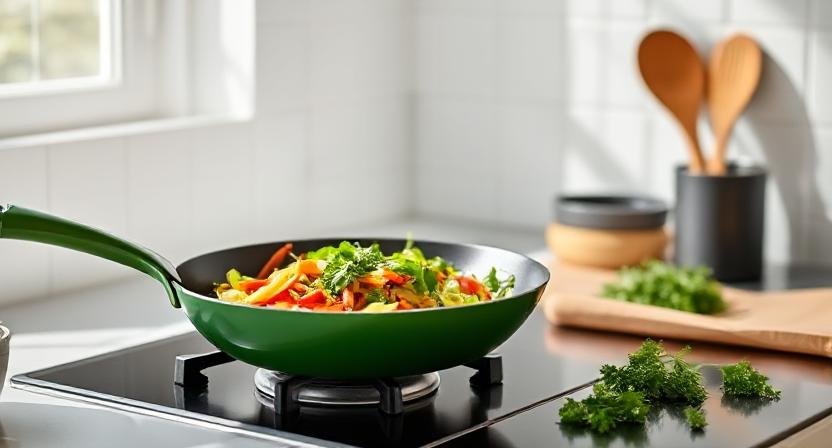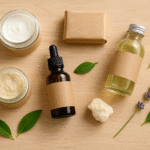In recent years, GreenPan has become one of the most talked-about names in the cookware industry. Marketed as PFAS-free, non-toxic, and eco-friendly, the brand claims to offer a safer and more sustainable cooking experience compared to traditional non-stick pans.
But with prices higher than budget cookware, and mixed reviews about durability, many home cooks ask: Are GreenPan pans really worth it? Let’s take a closer look at their performance, cost, and longevity to find out.
1. Performance: Cooking Experience with GreenPan
GreenPan’s signature Thermolon™ ceramic non-stick coating is designed to eliminate harmful chemicals such as PFAS, PFOA, lead, and cadmium.
Pros
- Excellent non-stick (initially): Food releases easily, requiring little to no oil.
- Even heating: Many GreenPan lines, such as the Valencia Pro and Barcelona Pro, distribute heat well across the surface.
- Versatile use: Most pans are oven-safe (up to 200–315°C depending on the collection).
Cons
- Durability concerns: Users frequently report the non-stick coating losing effectiveness within months if not cared for properly.
- Heat sensitivity: High heat cooking or improper utensils (metal spatulas) can quickly damage the coating.
✅ Verdict: Great cooking performance at first, but longevity depends heavily on careful use.
2. Cost: Are They Affordable or Overpriced?
GreenPan cookware typically falls into the mid-to-premium price range. For example, a single frying pan can cost anywhere from €40 to €100, while full sets can reach €300+.
- Compared to cheap Teflon pans: GreenPan is more expensive but offers healthier, PFAS-free cooking.
- Compared to high-end brands like All-Clad: GreenPan is more affordable but doesn’t match the same durability.
✅ Verdict: Fairly priced for eco-conscious buyers, but not the cheapest option for casual home cooks.
3. Longevity: How Long Do GreenPan Pans Last?
This is where the debate intensifies. While GreenPan markets itself as long-lasting and sustainable, user reviews tell a mixed story.
- Positive experiences: Some customers praise their pans for lasting 2–3 years with proper care (handwashing, avoiding high heat).
- Negative experiences: Others report sticking, peeling, or discoloration within 6–12 months of use.
Tips to extend lifespan:
- Always cook on low to medium heat.
- Use wooden or silicone utensils instead of metal.
- Hand-wash with mild soap (avoid dishwasher heat and abrasives).
✅ Verdict: Longevity is inconsistent—better than budget pans, but not as robust as stainless steel or cast iron.
4. Sustainability & Brand Values
GreenPan deserves recognition for its eco-friendly production practices. Its Thermolon™ coating is derived from sand and manufactured with 60% less CO₂ emissions compared to traditional non-stick processes. The brand also invests in energy-saving factories and recyclable packaging.
✅ Verdict: Strong sustainability credentials make GreenPan appealing for eco-conscious households.
5. Final Verdict: Are GreenPan Pans Worth It?
If you value health, sustainability, and non-toxic cookware, GreenPan is a solid choice—especially if you’re willing to follow care instructions carefully.
However, if your priority is long-term durability and heavy daily use, stainless steel or cast iron cookware may offer better value.
Bottom Line:
- Worth it for eco-conscious, careful home cooks.
- Less worth it for those who want long-term, high-heat, heavy-duty pans.




